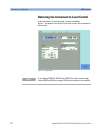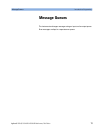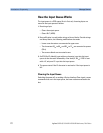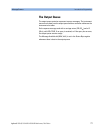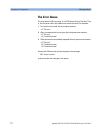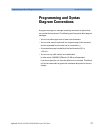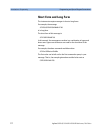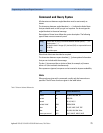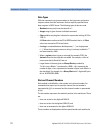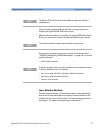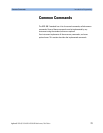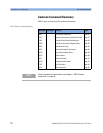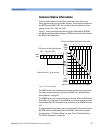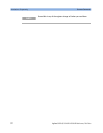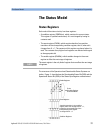
Introduction to Programming Programming and Syntax Diagram Conventions
26 Agilent 8163A/B, 8164A/B & 8166A/B Mainframes, Fifth Edition
Data Types
With the commands you give parameters to the instrument and receive
response values from the instrument. Unless explicitly specified these
data are given in ASCII format. The following types of data are used:
• Boolean data may only have the values 0 or 1.
• Integer range is given for each individual command.
• Float variables may be given in decimal or exponential writing (0.123 or
123E-3).
All Float values conform to the 32 bit IEEE Standard, that is, all Float
values are returned as 32-bit real values.
•A string is contained between double quotes (
"...") or single quotes
(‘...’). When the instrument returns a string, it is always included in " "
and terminated by
<END>.
•When a register value is given or returned (for example *ESE), the
decimal values for the single bits are added. For example, a value of
nine means that bit 0 and bit 3 are set.
• Larger blocks of data are given as Binary Blocks, preceded by
“#<H><Len><Block>”, terminated by <END>; <H> represents the
number of digits, <Len> represents the number of bytes, and <Block> is
the data block. For example, for a Binary Block with 1 digit and 6 bytes
this is: #16TRACES<END>.
Slot and Channel Numbers
Each module is identified by a slot number and a channel number. For
commands that require you to specify a channel, the slot number is
represented by [n] in a command and the channel number is represented
by [m].
The slot number represents the module’s position in the mainframe. These
are:
• from one to two for the Agilent 8163A/B,
• from zero to four for the Agilent 8164A/B, and
• from one to seventeen for the Agilent 8166A/B.
These numbers are displayed on the front panel beside each module slot.



